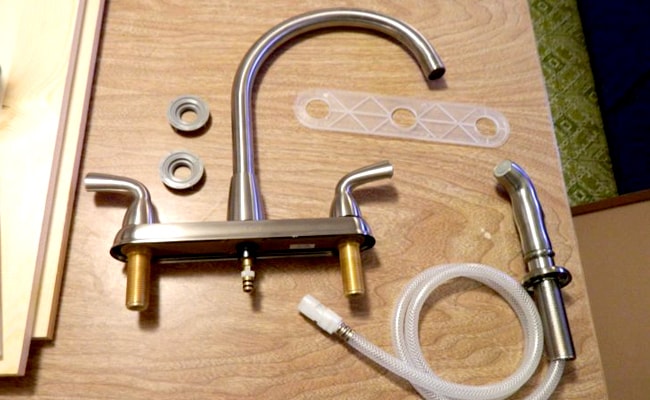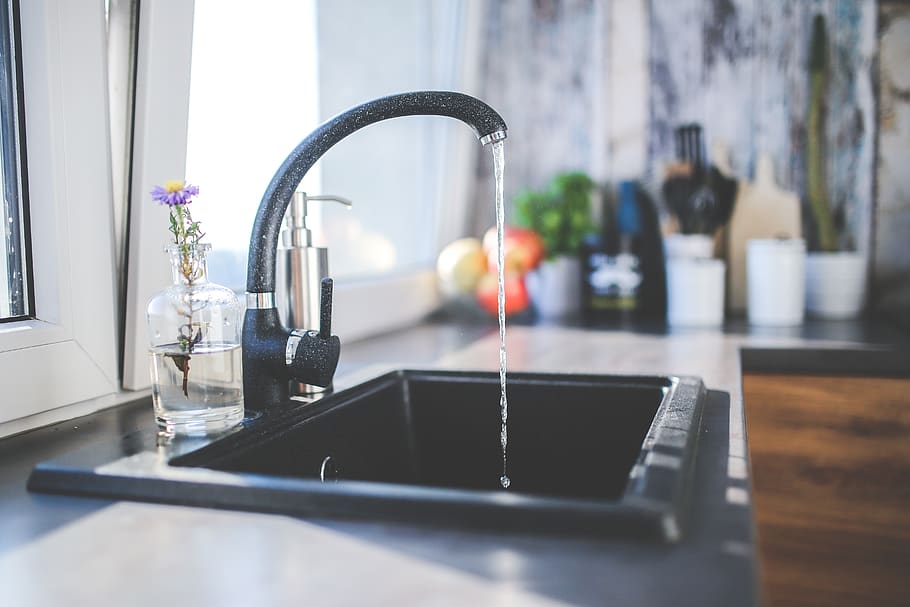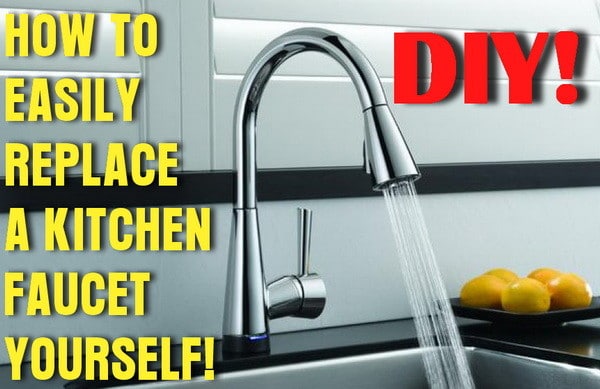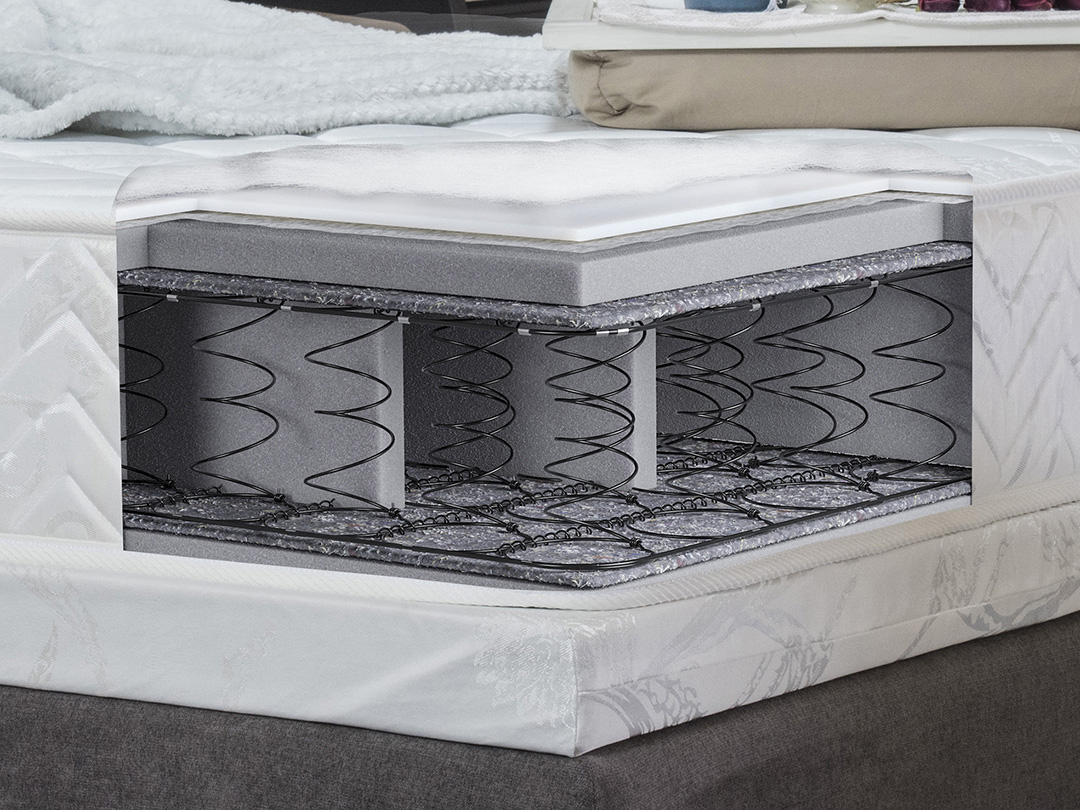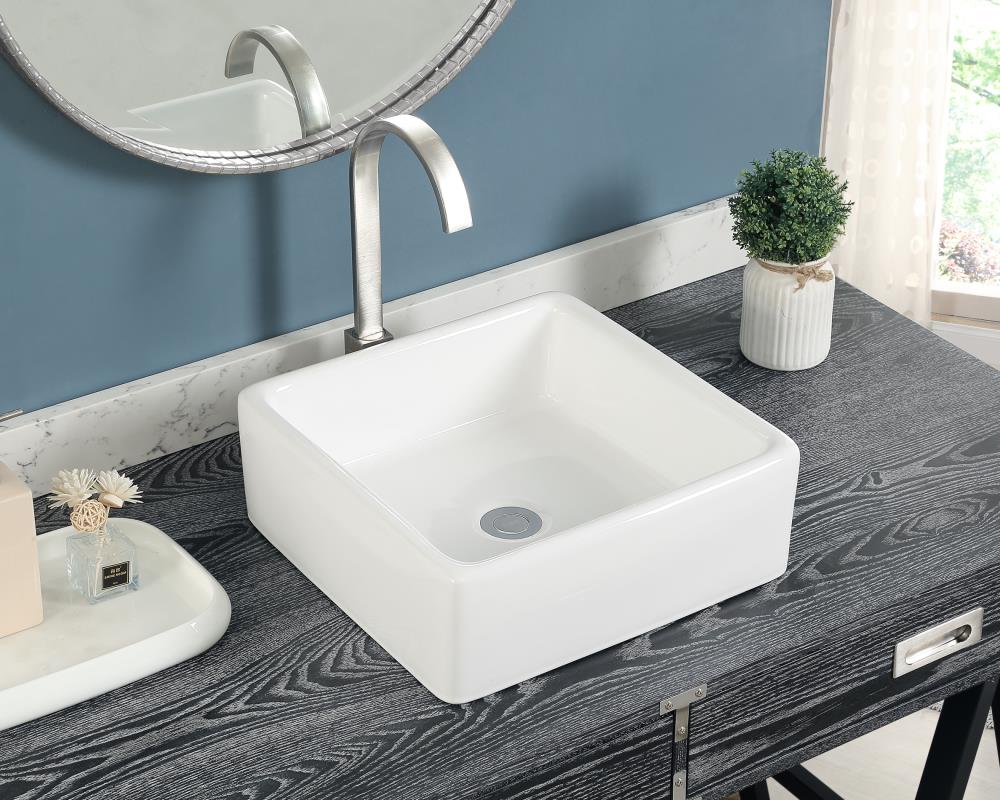Is your kitchen sink faucet running at a snail's pace? This can be frustrating when you're trying to wash dishes or fill up a pot with water. Luckily, there are a few simple steps you can take to fix a slow running kitchen sink faucet and get your water flowing again. The first thing you should do is check the aerator. This is the small piece at the end of your faucet that helps regulate the water flow. Over time, it can become clogged with mineral deposits, dirt, and debris, which can slow down the water flow. To clean the aerator, unscrew it from the faucet and soak it in a mixture of equal parts water and vinegar for about an hour. Then, scrub it with an old toothbrush and rinse it thoroughly before reattaching it to the faucet. If cleaning the aerator doesn't solve the issue, the problem may be with the water supply line. Check to make sure the supply line isn't kinked or damaged in any way. If it is, replace it with a new one. You can also try turning the shut-off valve to the sink on and off a few times to dislodge any debris that may be blocking the water flow. Another common cause of a slow running kitchen sink faucet is a clogged water line. If your faucet has a sprayer, disconnect it and turn on the water to see if it comes out at full force. If it does, then the issue is likely with the sprayer itself. If not, you may need to call a plumber to clear the clog in the water line. Featured keyword: fix a slow running kitchen sink faucetHow to Fix a Slow Running Kitchen Sink Faucet
If your kitchen sink faucet is running slow, you may also notice that the water pressure is low. This can be a sign of a larger issue, such as a clog in the water line or a problem with the water pressure regulator. To increase the water pressure in your kitchen sink faucet, try the following steps: 1. Clean the aerator: As mentioned earlier, a clogged aerator can restrict water flow and lower water pressure. Make sure to clean it thoroughly and reattach it to the faucet. 2. Check the water pressure regulator: This is a small valve located on the main water line entering your home. If it is set too low, it can cause low water pressure in all of your faucets. Consult a plumber to adjust the pressure if needed. 3. Replace the water line: If the water pressure is still low, there may be a clog or leak in the water line leading to your kitchen sink. In this case, it's best to call a professional plumber to replace the line. Featured keyword: increase water pressure in a kitchen sink faucetHow to Increase Water Pressure in a Kitchen Sink Faucet
Wondering why your kitchen sink faucet is running slow in the first place? There are a few common causes that may be to blame: 1. Mineral deposits: Hard water can cause a buildup of mineral deposits in your faucet, aerator, and water line, which can restrict water flow. 2. Clogged aerator: As mentioned earlier, a clogged aerator can significantly reduce water flow and pressure. 3. Old or damaged parts: Over time, the parts of your kitchen sink faucet can wear out or become damaged, causing a decrease in water flow. 4. Clogged water line: A clog or blockage in the water line leading to your faucet can also cause a decrease in water flow. Featured keyword: slow running kitchen sink faucetsCommon Causes of Slow Running Kitchen Sink Faucets
Prevention is key when it comes to maintaining a kitchen sink faucet and preventing it from running slow. Here are a few simple tips to keep your faucet clean and in good working condition: 1. Clean the aerator regularly: As mentioned earlier, cleaning the aerator is essential for maintaining water flow and pressure. Make sure to do this at least once every few months. 2. Wipe down the faucet after use: This may seem like a simple step, but regularly wiping down your faucet can help prevent a buildup of dirt and grime. 3. Avoid harsh chemicals: When cleaning your faucet, avoid using harsh chemicals that can damage the finish or the internal parts of the faucet. 4. Check for leaks: Keep an eye out for any leaks or drips and have them repaired promptly to prevent further damage. Featured keyword: clean and maintain a kitchen sink faucetHow to Clean and Maintain a Kitchen Sink Faucet
If you've tried all of the above steps and your kitchen sink faucet is still running slow, it may be time to consider replacing it. This is especially true if your faucet is old or damaged. Here's how to replace a kitchen sink faucet: 1. Turn off the water supply: Before starting, make sure to turn off the water supply to the sink. 2. Remove the old faucet: Use a wrench to loosen and remove the nuts and bolts holding the old faucet in place. Then, carefully remove the faucet from the sink. 3. Install the new faucet: Follow the manufacturer's instructions to install the new faucet, making sure to tighten all nuts and bolts securely. 4. Turn the water supply back on: Once the new faucet is installed, turn the water supply back on and test the water flow. Featured keyword: replacing a kitchen sink faucetReplacing a Kitchen Sink Faucet to Improve Water Flow
If you're still having trouble with a slow running kitchen sink faucet, here are a few additional troubleshooting tips: 1. Check for airlocks: Sometimes, air can get trapped in the water line and cause a decrease in water flow. To fix this, turn on the faucet and let it run for a few minutes. 2. Look for hidden blockages: If you have a sprayer attached to your faucet, make sure there are no hidden blockages in the hose or sprayer head. 3. Clean the cartridge: The cartridge is the internal part of the faucet that controls the water flow. If it is clogged or damaged, it may need to be replaced. Featured keyword: troubleshooting a slow running kitchen sink faucetTroubleshooting a Slow Running Kitchen Sink Faucet
If you want to adjust the water flow on your kitchen sink faucet, you can do so by adjusting the water pressure regulator. This is a small valve located on the main water line, as mentioned earlier. Use a wrench to turn the valve clockwise to increase the pressure or counterclockwise to decrease it. Alternatively, you can also adjust the water flow by turning the handle or lever on your faucet. Most faucets have a hot and cold water handle, which can be adjusted to control the flow of each. Featured keyword: adjusting the water flow on a kitchen sink faucetAdjusting the Water Flow on a Kitchen Sink Faucet
If you have a clog in your kitchen sink faucet, it's essential to address it as soon as possible to prevent further damage. Here's how to unclog a kitchen sink faucet: 1. Try a plunger: Believe it or not, a plunger can be an effective tool for unclogging a kitchen sink faucet. Make sure to cover the overflow hole with a wet cloth before plunging. 2. Use a drain snake: If the plunger doesn't work, a drain snake or plumbing auger can help break up and remove the clog. 3. Call a plumber: If the clog is severe or located deep in the plumbing, it's best to call a professional plumber to unclog the faucet. Featured keyword: unclog a kitchen sink faucetHow to Unclog a Kitchen Sink Faucet
If cleaning the aerator doesn't improve the water flow, it may be time to replace it altogether. Here's how to replace a kitchen sink faucet aerator: 1. Turn off the water supply: Before replacing the aerator, make sure to turn off the water supply to the sink. 2. Unscrew the old aerator: Use pliers to unscrew the old aerator from the faucet. 3. Install the new aerator: Screw the new aerator onto the faucet and hand-tighten it. Then, use pliers to give it one final turn to secure it in place. 4. Turn the water supply back on: Once the new aerator is installed, turn the water supply back on and test the water flow. Featured keyword: replacing a kitchen sink faucet aeratorReplacing a Kitchen Sink Faucet Aerator for Better Water Flow
In some cases, a slow running kitchen sink faucet may be a sign that it needs to be replaced. Here are a few signs that it may be time for a new faucet: 1. Visible damage: If your faucet is visibly damaged or corroded, it may be time for a replacement. 2. Constant leaks: If your faucet is constantly leaking and can't be fixed, it's time to replace it. 3. Old age: If your faucet is over 10 years old, it may be more cost-effective to replace it rather than constantly repairing it. 4. Poor water flow: If your faucet's water flow is consistently slow, even after cleaning and maintenance, it may be time for a new one. Featured keyword: replace your kitchen sink faucetSigns You Need to Replace Your Kitchen Sink Faucet
Why Your Kitchen Sink Faucet Water Runs Real Slow and How to Fix It

The Importance of a Kitchen Sink Faucet
 A kitchen sink faucet is an essential component of any house design. It is the main source of water for cooking, washing dishes, and maintaining a clean and functional kitchen. However, when the water starts to run slow, it can be frustrating and inconvenient. Not only does it make daily tasks take longer, but it can also be a sign of underlying issues that need to be addressed.
A kitchen sink faucet is an essential component of any house design. It is the main source of water for cooking, washing dishes, and maintaining a clean and functional kitchen. However, when the water starts to run slow, it can be frustrating and inconvenient. Not only does it make daily tasks take longer, but it can also be a sign of underlying issues that need to be addressed.
Possible Causes of Slow Running Water
 There are several reasons why your kitchen sink faucet water may be running slow. One possible cause is a clogged aerator. The aerator is a small screen located at the end of the faucet that helps to regulate the flow of water and reduce splashing. Over time, it can become clogged with mineral deposits and debris, hindering the flow of water. Another common cause is a damaged or worn-out cartridge or valve. These components control the flow of water and can become worn or damaged over time, leading to slow running water.
There are several reasons why your kitchen sink faucet water may be running slow. One possible cause is a clogged aerator. The aerator is a small screen located at the end of the faucet that helps to regulate the flow of water and reduce splashing. Over time, it can become clogged with mineral deposits and debris, hindering the flow of water. Another common cause is a damaged or worn-out cartridge or valve. These components control the flow of water and can become worn or damaged over time, leading to slow running water.
How to Fix It
 If you are experiencing slow running water from your kitchen sink faucet, there are a few steps you can take to fix it. First, try cleaning the aerator. Remove it from the end of the faucet and soak it in a solution of equal parts water and vinegar for 30 minutes. This should help to dissolve any mineral deposits and debris. If the aerator is damaged, it will need to be replaced. Next, check the cartridge or valve. If they are worn or damaged, they will need to be replaced as well. It is best to consult a professional plumber for these repairs to ensure they are done correctly.
It is important to address slow running water from your kitchen sink faucet promptly
, as it can lead to further issues such as low water pressure and increased water bills. By regularly cleaning and maintaining your faucet, you can prevent these problems and ensure a steady flow of water in your kitchen.
If you are experiencing slow running water from your kitchen sink faucet, there are a few steps you can take to fix it. First, try cleaning the aerator. Remove it from the end of the faucet and soak it in a solution of equal parts water and vinegar for 30 minutes. This should help to dissolve any mineral deposits and debris. If the aerator is damaged, it will need to be replaced. Next, check the cartridge or valve. If they are worn or damaged, they will need to be replaced as well. It is best to consult a professional plumber for these repairs to ensure they are done correctly.
It is important to address slow running water from your kitchen sink faucet promptly
, as it can lead to further issues such as low water pressure and increased water bills. By regularly cleaning and maintaining your faucet, you can prevent these problems and ensure a steady flow of water in your kitchen.
In Conclusion
 A slow running kitchen sink faucet can be a frustrating and inconvenient problem to deal with. By understanding the possible causes and taking the necessary steps to fix it, you can ensure a smoothly functioning faucet in your kitchen. Remember to regularly clean and maintain your faucet to avoid future issues and keep your kitchen running efficiently.
A slow running kitchen sink faucet can be a frustrating and inconvenient problem to deal with. By understanding the possible causes and taking the necessary steps to fix it, you can ensure a smoothly functioning faucet in your kitchen. Remember to regularly clean and maintain your faucet to avoid future issues and keep your kitchen running efficiently.
















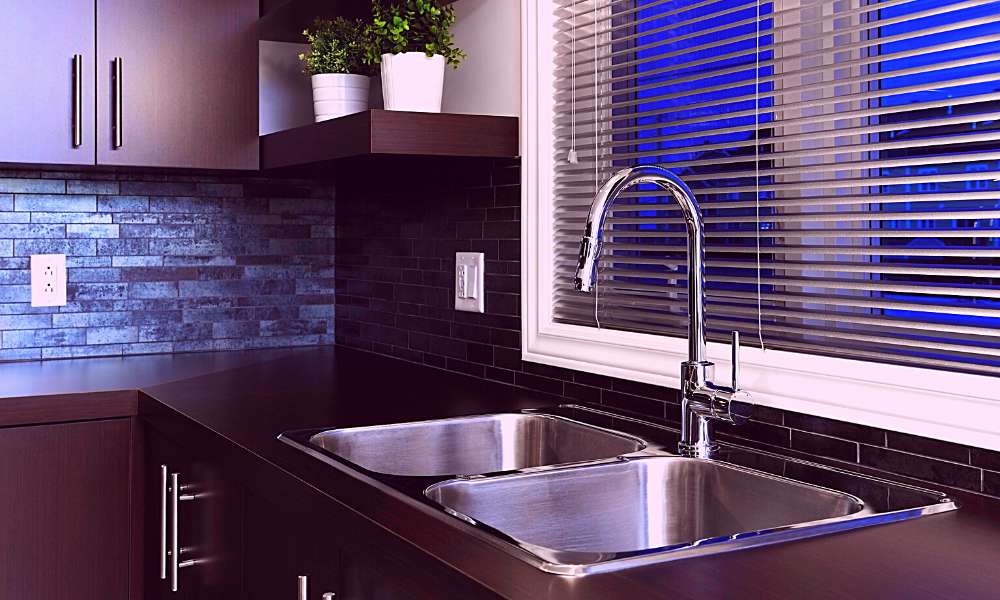






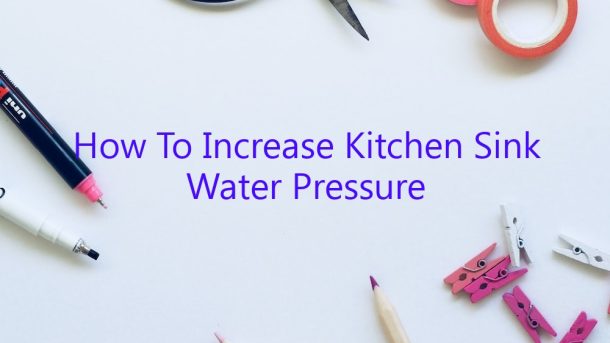





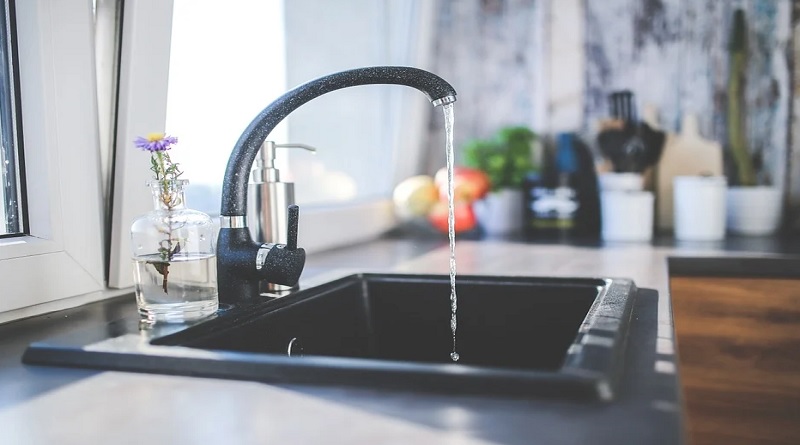
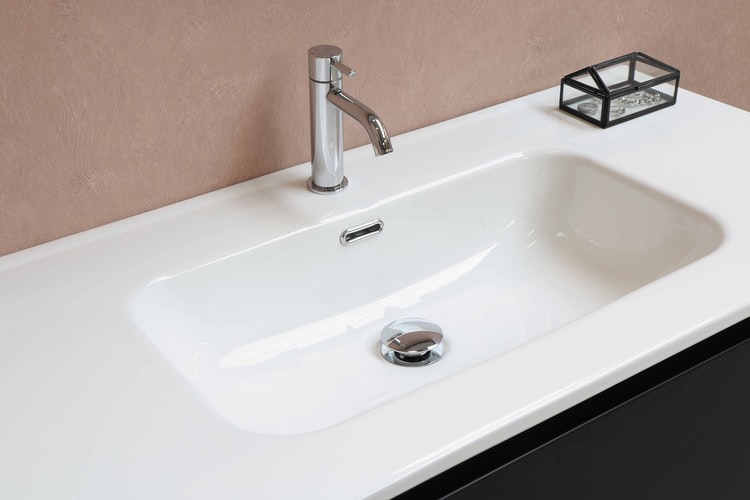




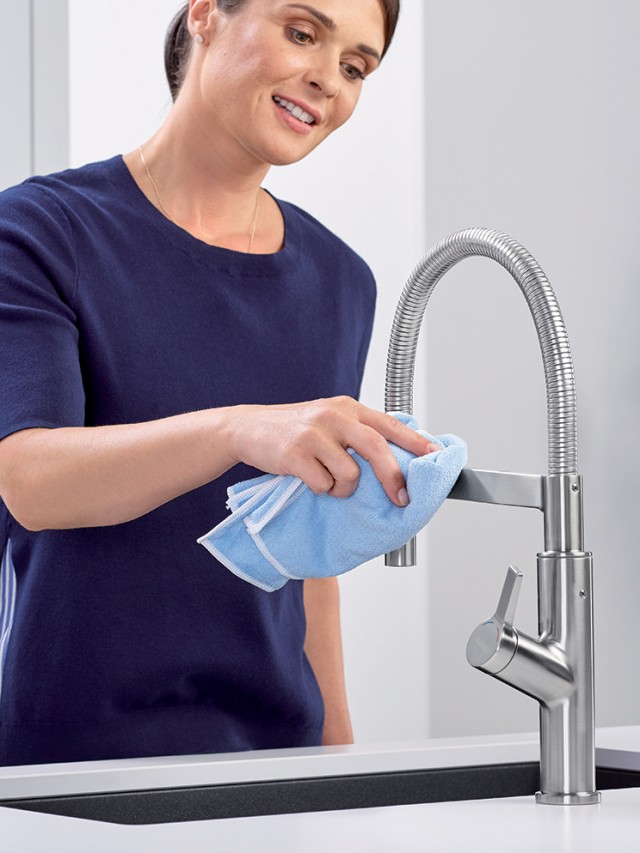
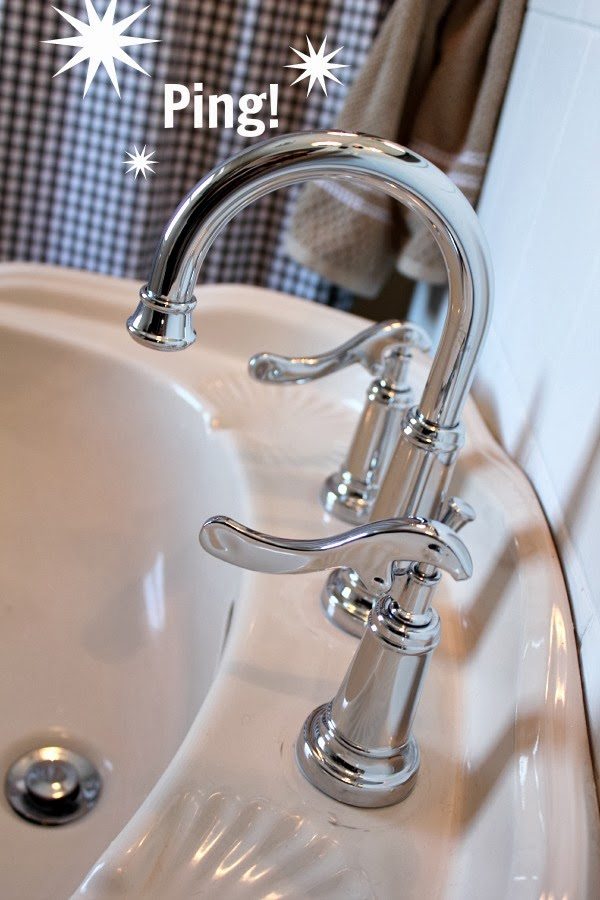


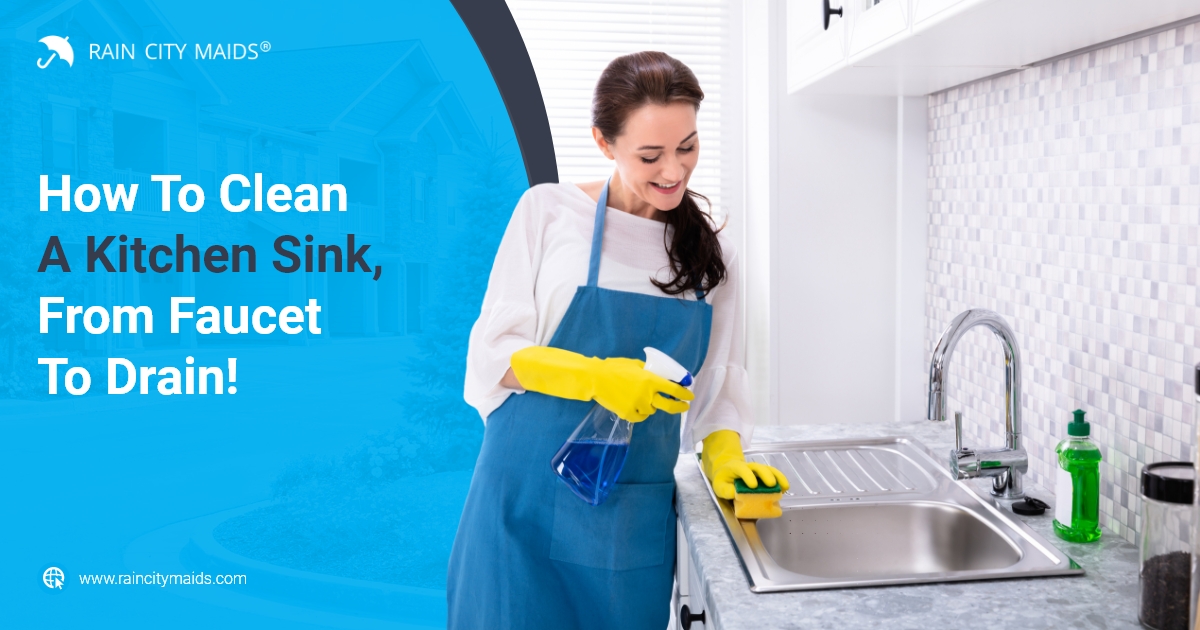

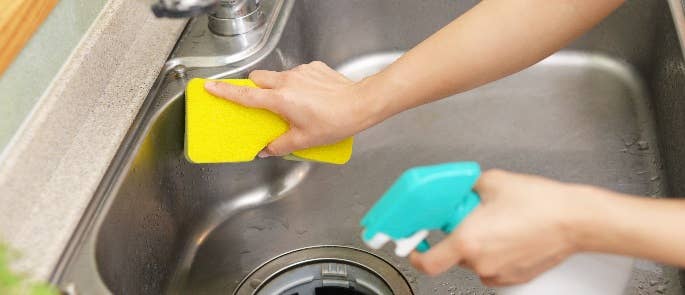



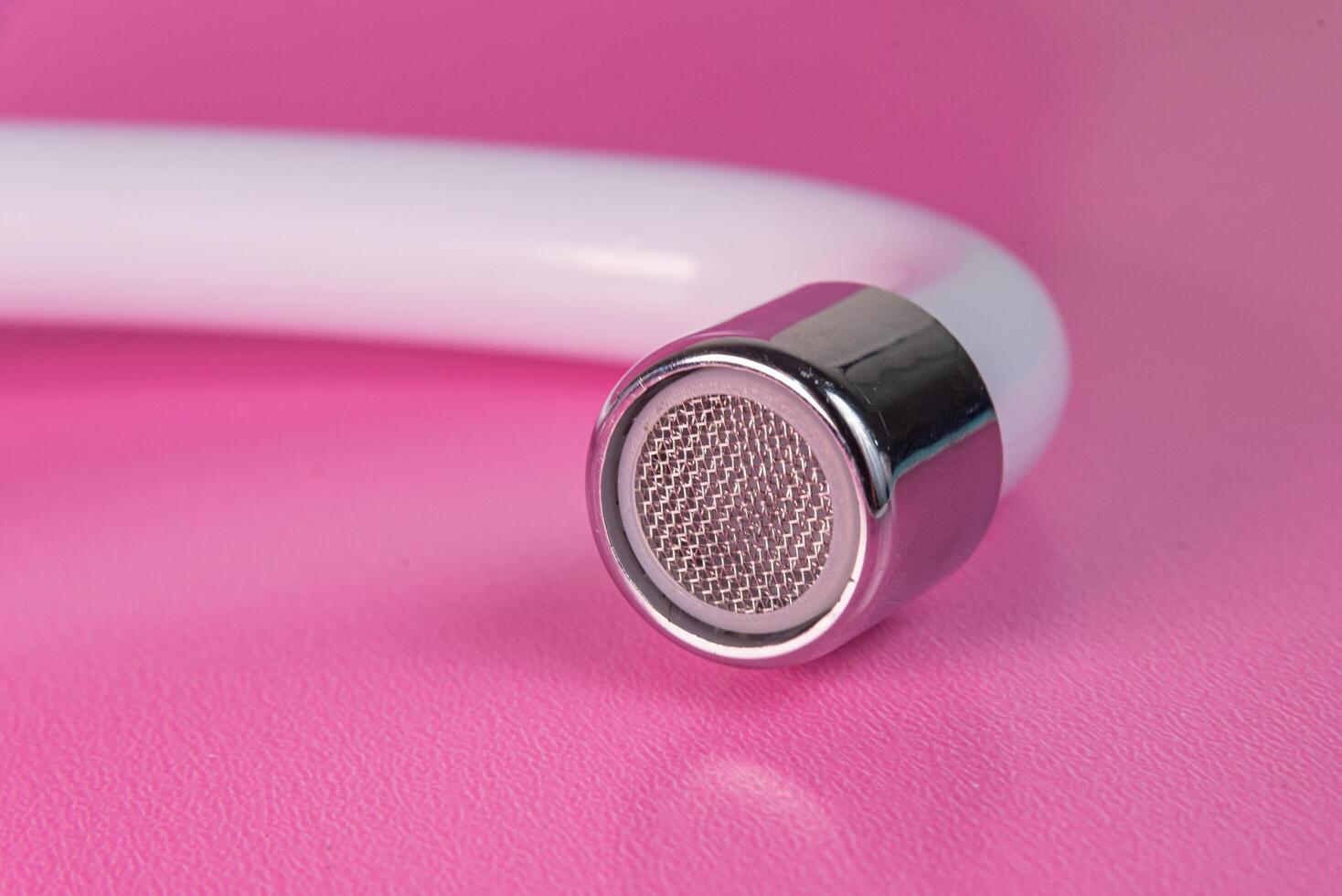
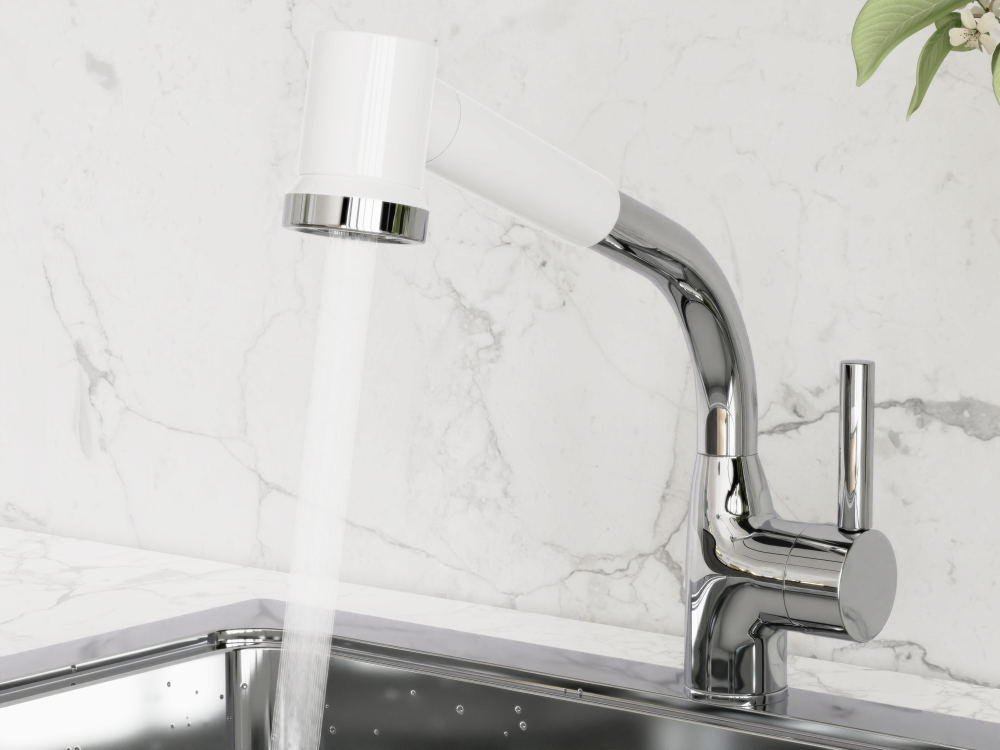
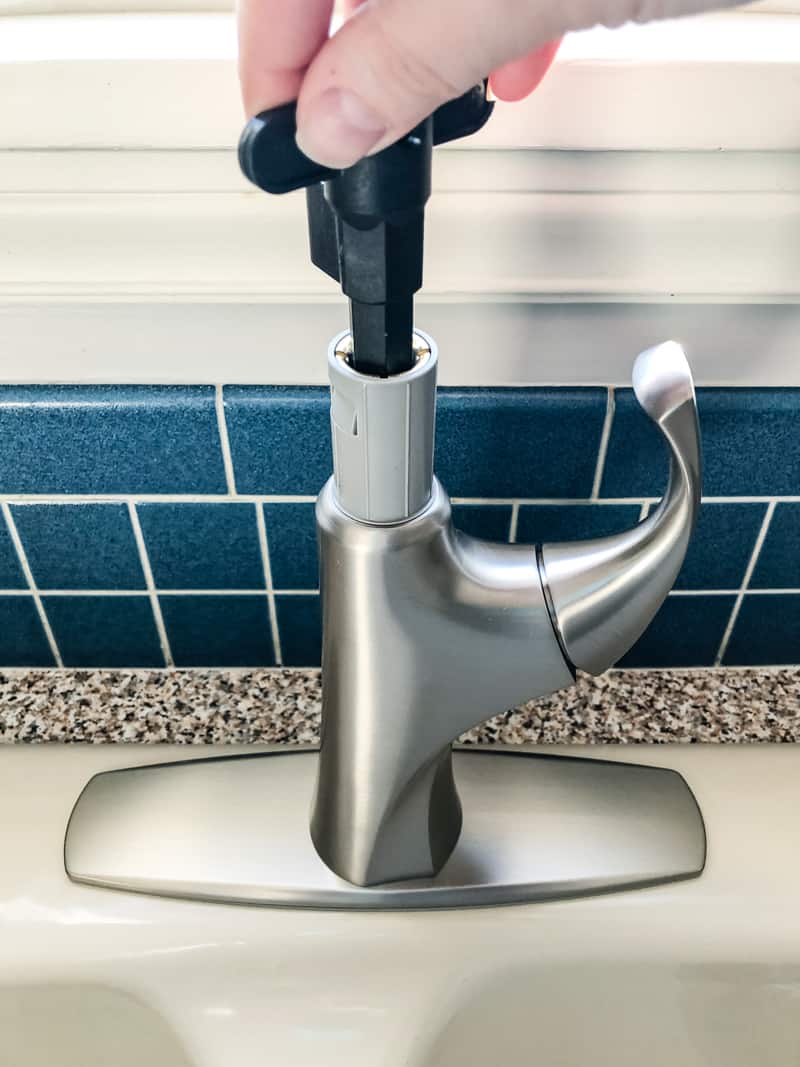

























/SinkAerator-87017aa9831f4f89a2f3d304b8465e6c.jpg)
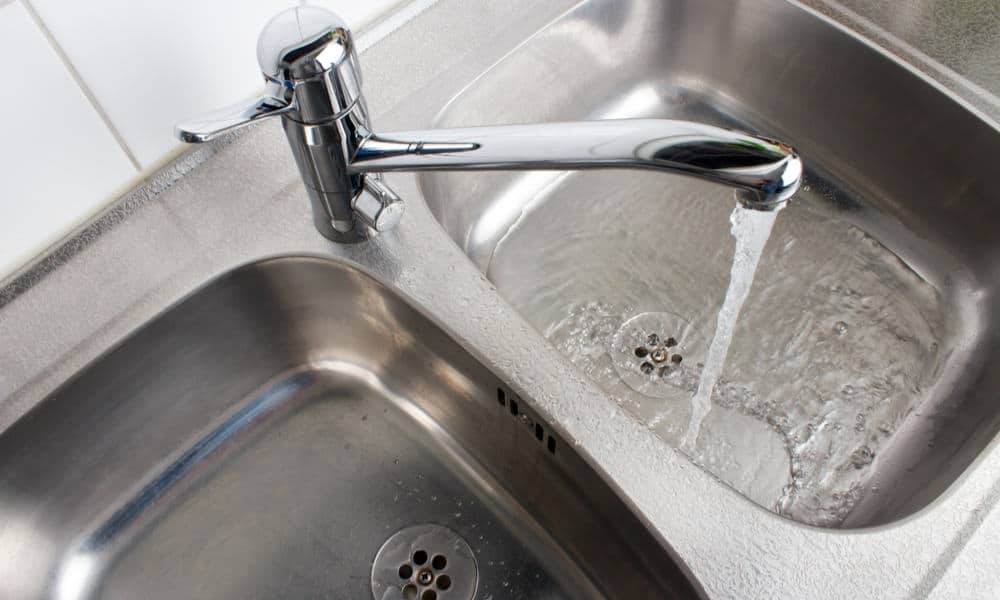
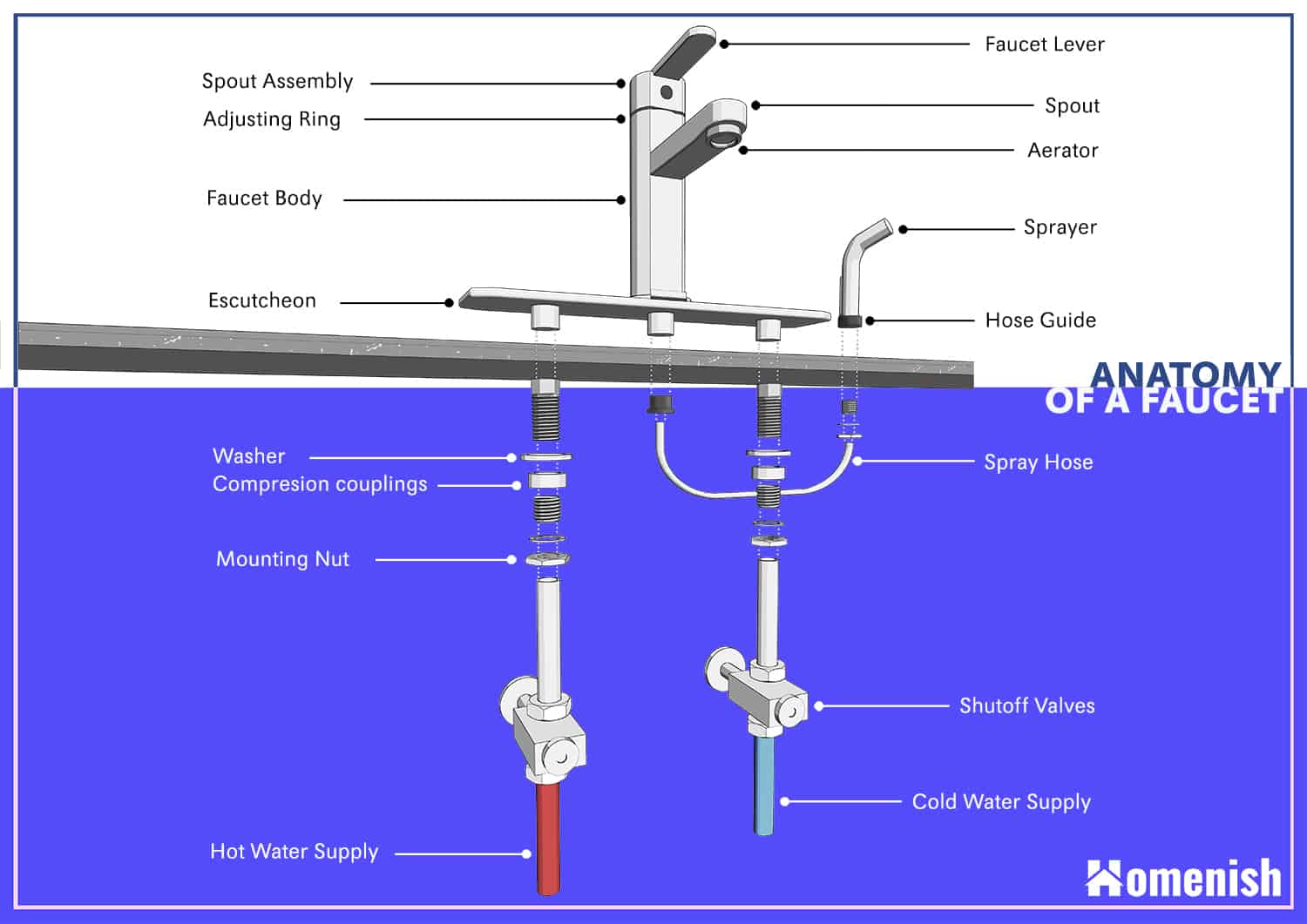









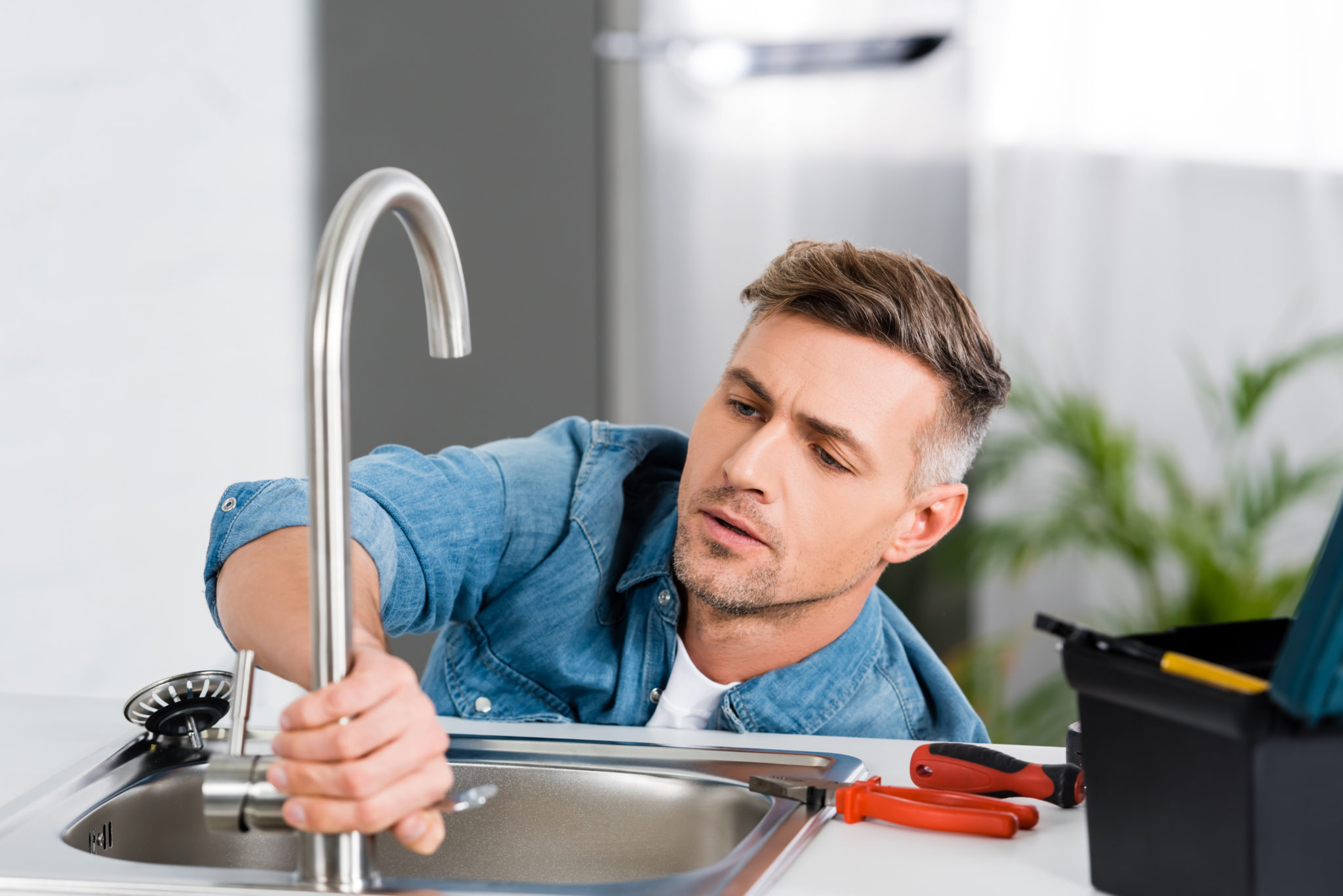
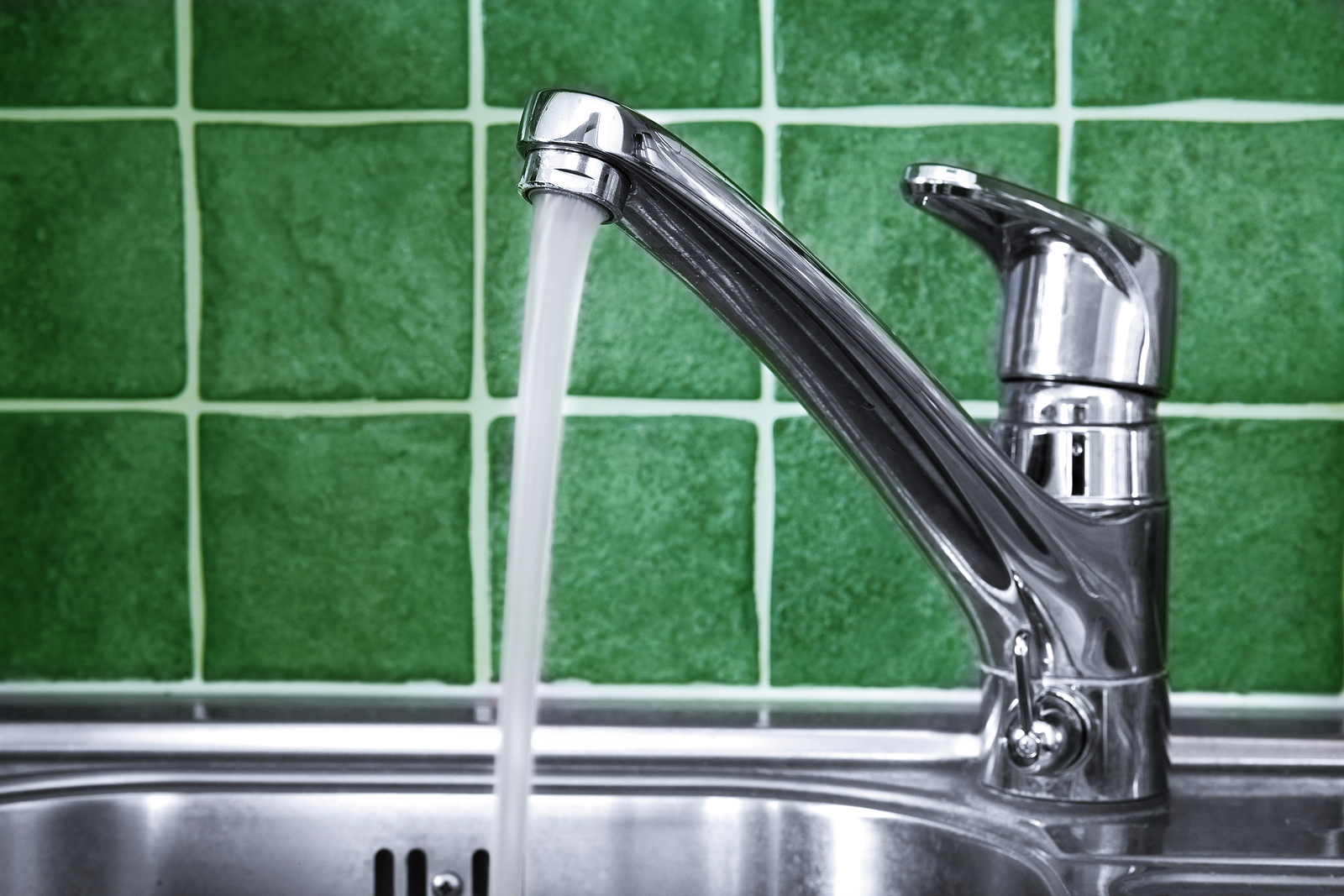


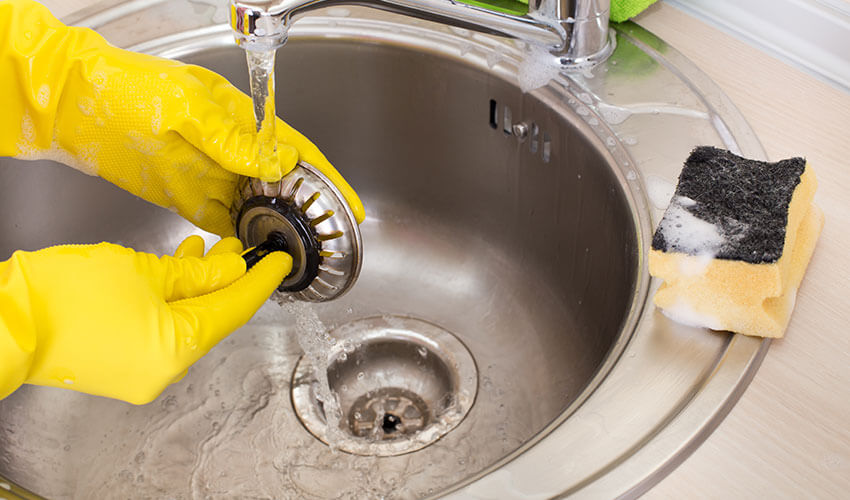



/cleaning-the-aerator-from-deposits--the-girl-hand-washes-a-dirty-limestone-aerator-with-water-1126244919-72868100964f42d5aa564a928371fea5.jpg)

:max_bytes(150000):strip_icc()/CompleteAerator-3e947443dd424faeb92a9c9c0a45d8dd.jpg)

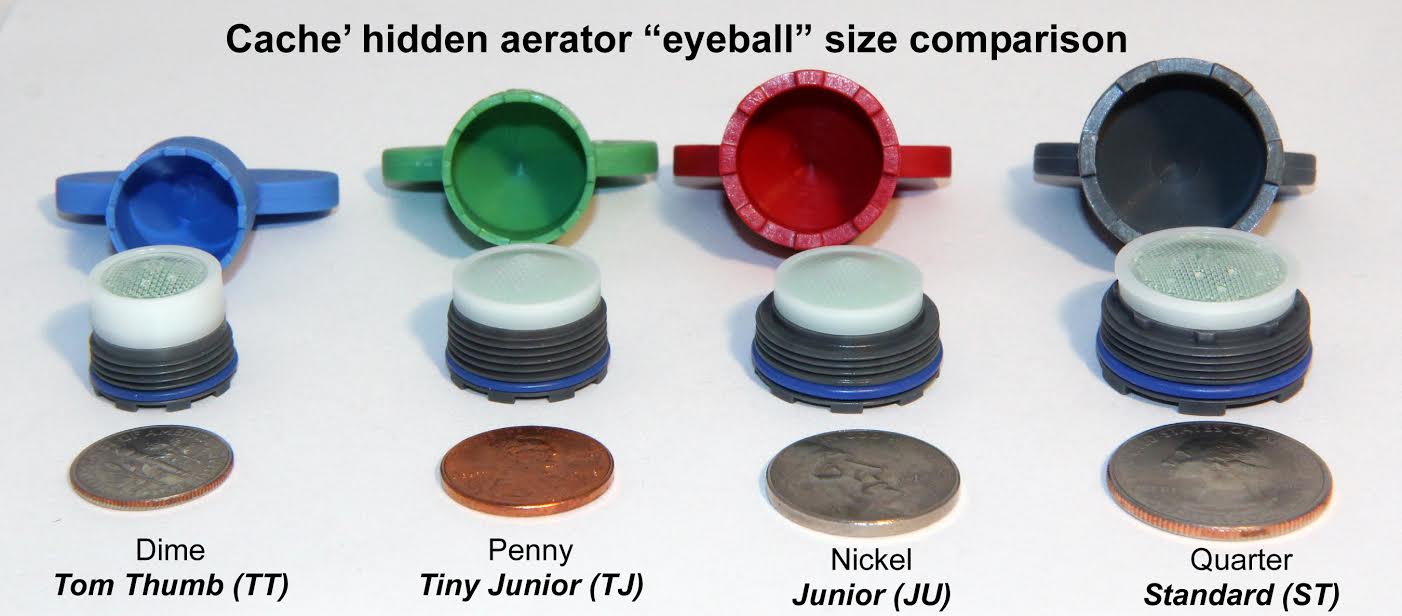





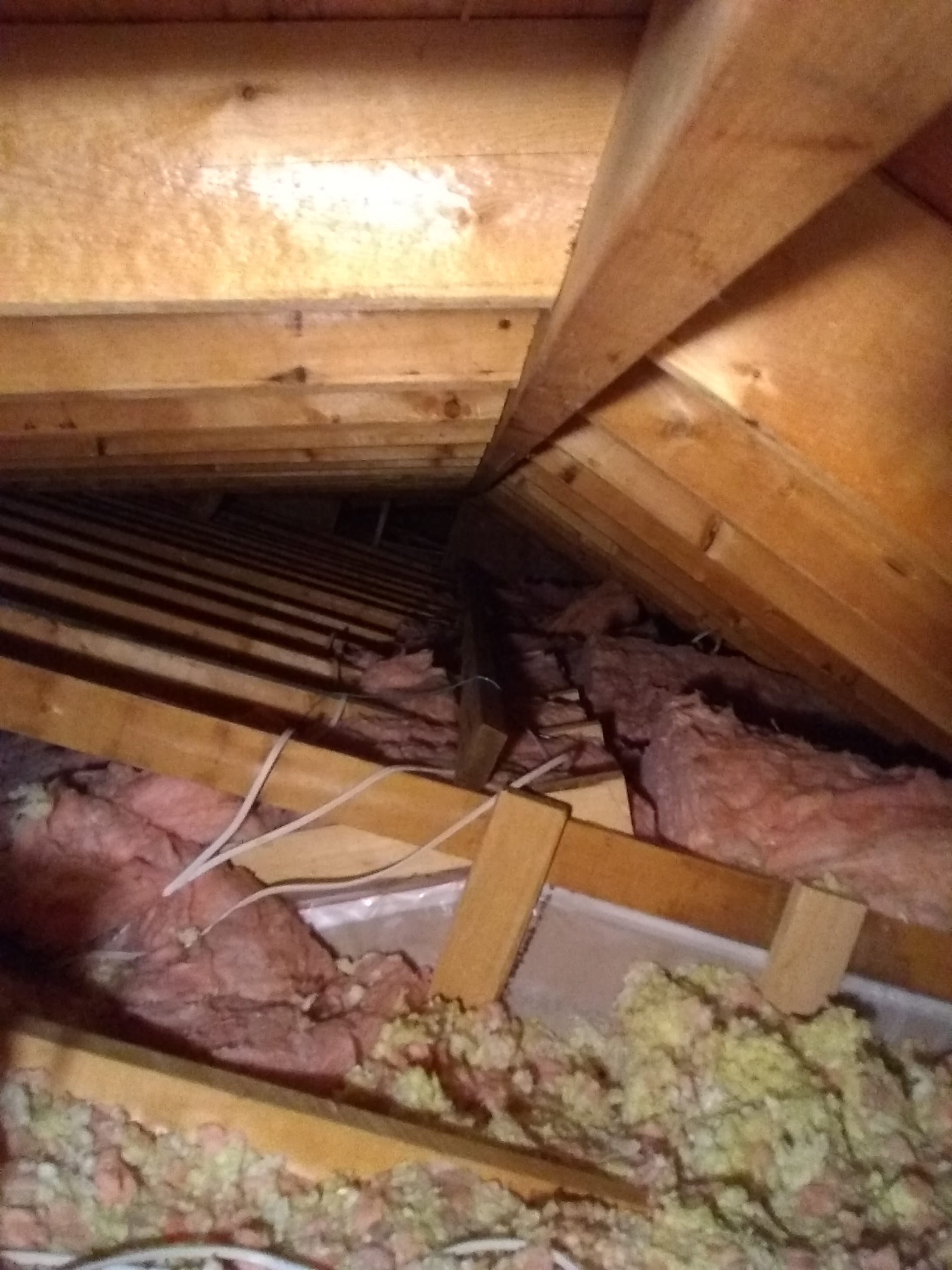
/header-16x19-image-640w-853h.jpg)

